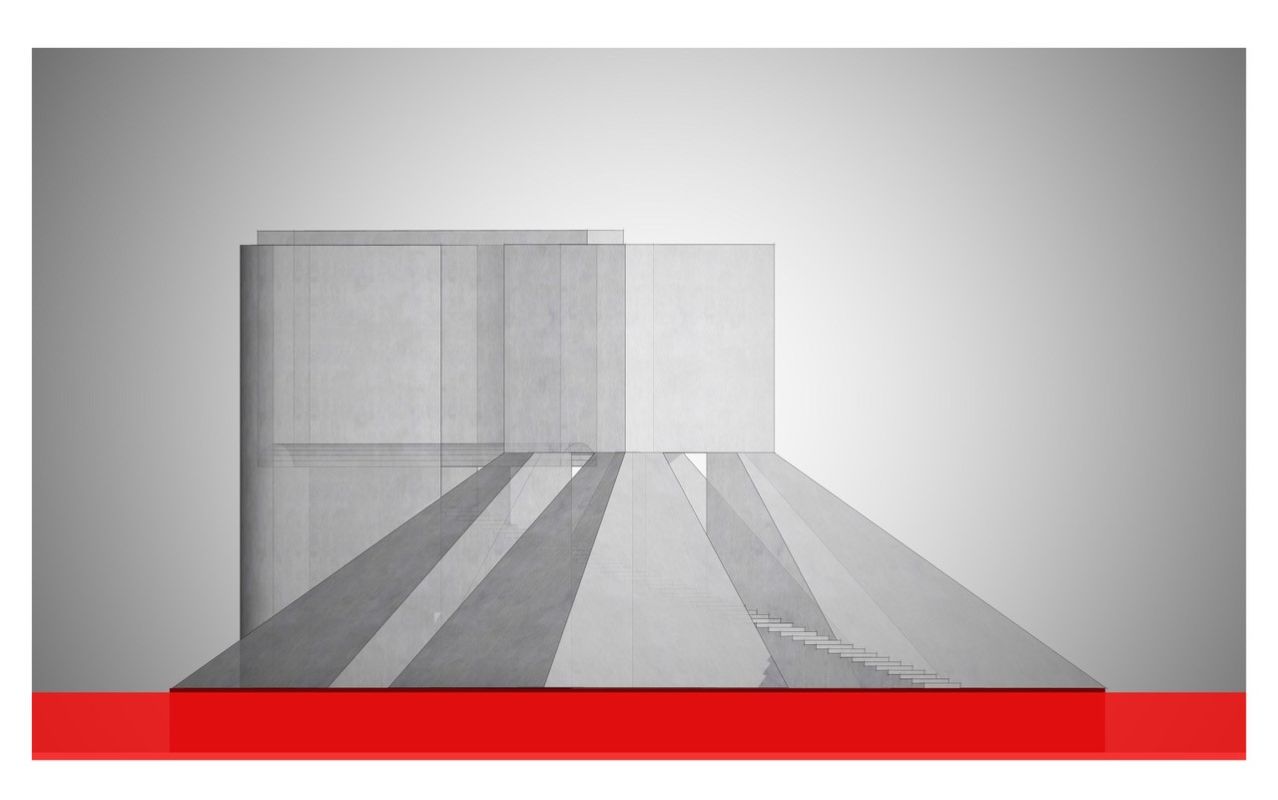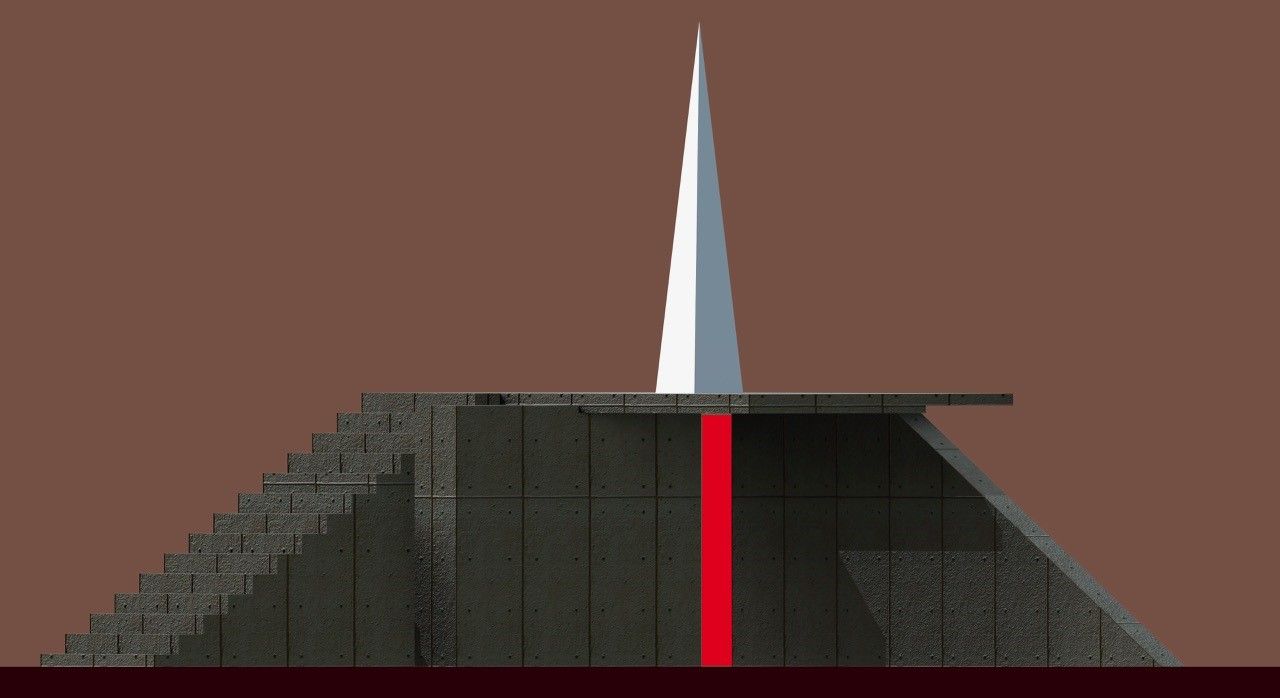STORIES FROM PAFA
Robert Roesch on 40 Years of Teaching and Future Plans
Professor Robert Roesch has served PAFA for nearly 40 years of teaching. Robert is retiring at the end of the spring term to devote full attention to his very active studio practice.
Fourth year BFA student Emily McLaughlin interviewed Robert for some lasting insights to share about his teaching and plans:
EM: How would you define the Studio Practice course as you teach it?
RR: My goal is to give my students the tools they will need, to better navigate life after art school. I want to help my students think about their career goals as an artist and to form a plan to reach those goals. It might include something outside of “studio art.”
I like the students to know and understand each other’s work. They can be inspired by the relationships they form at PAFA and outside PAFA. I want students to realize that they are with others who experience similar things.
When I can get a heated discussion going during class time, I’m excited. Those are real learning moments. I believe that being part of a group (seminar group) is very important moving forward. This might be the first serious group any of my students are a part of and they should carry those relationships with them as they grow their supportive network.
EM: What is the main idea you want students to take away from this course?
RR: I would like my students to leave with a stronger sense of self and the ability to not just look over the cliff- but to dive off the cliff, for the wonderful ride ahead as creators.
EM: One of the course’s main focuses is to help the students find their own voices. How do you help students who struggle to find their voice?
RR: I can only point out that all my students have a voice and that finding it can be difficult, and sometimes might feel unreachable. However, if artwork comes from the heart, with singular vision, sooner or later that pure voice will be heard.
EM: Students develop artist statements in your course. From your perspective, what makes a good artist statement?
RR: A short statement that sparks the reader’s interest in the artist’s work and gives insight into the themes that the artist is addressing.
EM: What contemporary and historical artists do you reference the most in class as inspiration?
RR: I struggle to stay in the here and now, to gather inspiration from life around us not the life from other. References to other artists are better served in an art history class. They should not guide the student away from being in their own head and heart.
EM: Why do you encourage your students to sign up for Artnet News?
RR: Without any connection into the inner workings of the art world, my students would be lost. Artnet News gives an overview of information from collectors, art auctions, art fairs, biennales, and more. I encourage my students to look at newsletters like these to help connect them to the art world and to understand what is current.
EM: What is the ideal mindset of the professional artist?
RR: Simple! “To thy own self be true” --Shakespeare’s Hamlet
EM: You’ve been to many different places in the world. If you could take your students on a field trip to anywhere in the world, where would you take them?
RR: That is a difficult question to sort out. Every country I have been in has fascinating and original art and artists. Artists all are pretty much the same the world over. My favorite place is the Middle East.
However, I would take my students to Holland, it’s easy, freeform, and there is a bounty of contemporary art and artists.
EM: Can you tell us more about your plans for your artist life after retirement?
RR: I am leading a busy and productive life as an artist. Since I agreed a few months ago to chair the Philadelphia Art and Architecture Commission, I want to ensure that I will have time for the exciting new projects I am doing in my studio. For example, I have been making both 3D and flat drawings that are reinventing the way I see the world. With this moment of change in how I see, I want more time to return to the making of sited art and 3D printed objects. In the near future I will be working on a sited project in Egypt.




Robert joined the faculty at PAFA in 1983. Since that time, he has brought many innovations to the school, particularly through his teaching of digital media, and the expansion of PAFA's sculpture curriculum and facilities. Robert was an early advocate of digital artmaking tools, and he established PAFA’s first computer lab in the 1990s, developing courses in digital drawing and printing. Serving as the Chair of Sculpture from 2005 until 2021, Robert worked to broaden the department’s offerings. His vision led to the design of the 7th floor Hamilton facilities, with its outstanding studios, shops, and foundry. Always focused on students’ professional success, Robert has regularly connected students with opportunities outside the studio, leading field trips to New York, and introducing them to artists from across the globe.
During his time at PAFA, Robert has been engaged in the local and international art world, from sitting on Philadelphia’s Public Art and Architecture Commission to serving as a Fulbright Specialist and Cultural Advisor to the State Department. This work and Robert’s artistic practice have taken him throughout the world, including to Burma, China, Ecuador, Japan, Syria, and Egypt, where he participated in both the Cairo and Alexandria Biennales.
In his retirement, Robert will be returning to Egypt to complete a new large-scale sculpture commission. While he will finish his primary teaching duties at the end of the term, he will return to PAFA in the fall to complete his two-term Professional Practices course which began this spring.



